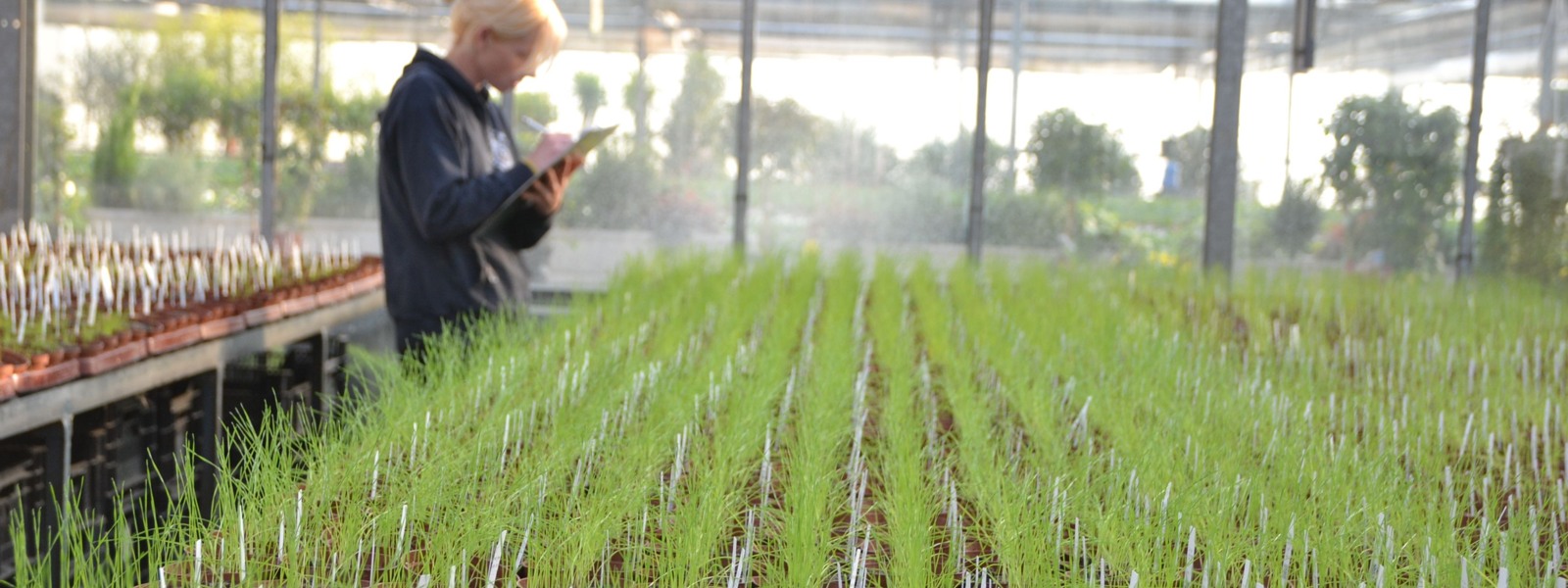What are baseline sensitivity studies?
Studies on the variation of herbicide tolerances are a building block for the registration of herbicides for the most important weed species. The aim is to compare the natural variations in sensitivity to a herbicide in different populations, and to be able to describe a baseline sensitivity at the time of commercial distribution.
When are baseline sensitivity studies carried out?
If a herbicide is to be registered, it must at least be proved for a economically important weed that sufficient efficacy is assured, and that a low variability of response between field populations is expected. For each new product, the fact that the weed populations will change over time through adaptation must be taken into account. Their sensitivity to herbicides tends to decrease. However, this change in sensitivity does not describe resistance and must be clearly separated from this. Sufficient control is usually still possible. Baseline sensitivity marks the starting point for average sensitivity when introducing a new product.
In order to conduct a meaningful baseline study, the seeds must be collected carefully and with forethought. There is no demand for resistance sites or extreme sites, but rather for sites with sufficient herbicide efficacy against the target weeds. The best way to obtain seeds for this is to omit areas when spraying. In these spray Windows, seeds mature into plants that were not selected by herbicides and provide the closest representation of the composition of the seed bank in the field.
How long do baseline sensitivity studies take?
From cultivation to application to weighting the plants, calculation of data and reporting takes approximately four months. If you are interested and require further information, please contact us directly by email or telephone.






